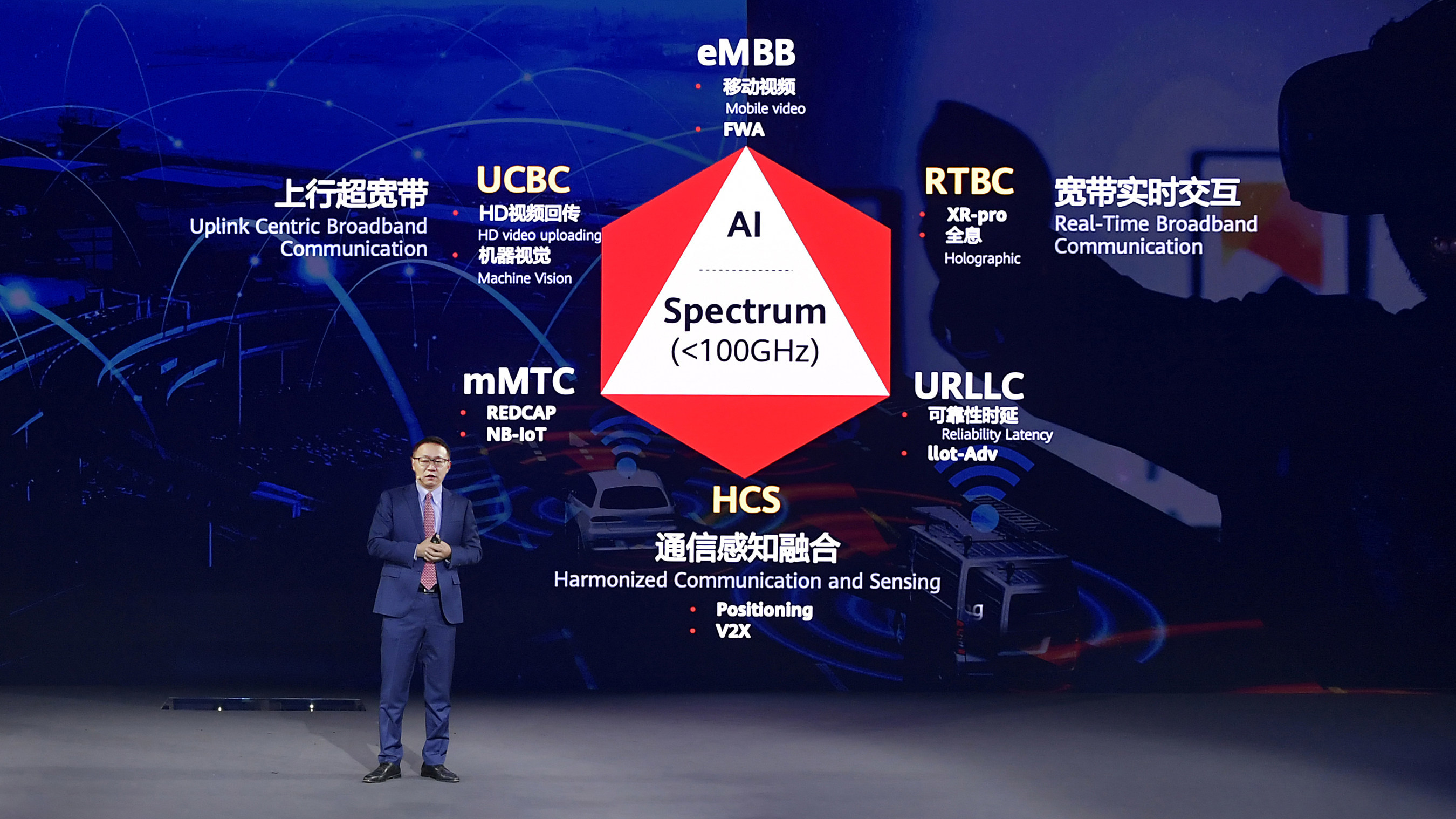Huawei defines 3 killer scenarios for 5.5G
As most countries are still getting to grips with 5G, China is pulling ahead, with Huawei already looking at the potential use cases for the next generation of mobile networking: 5.5G.

At the recent 2020 Global Mobile Broadband Forum (MBBF) Huawei’s executive director, David Wang, revealed the company’s vision for the next phase of 5G development, revealing new use cases for 5.5G.
In his keynote speech, titled ‘Defining 5.5G for a Better, Intelligent World’, David Wang said that 5.5G will be an “evolution of 5G”, and revealed that he is looking forward to working with industry partners to define 5.5G.
Wang also took the opportunity to reveal the three areas that Huawei believes will drive 5.5G, beyond the existing 5G use cases that we are seeing today. These were:
- Uplink Centric Broadband Communication (UCBC). Built on 5G foundations, UCBC will enable a 10-fold increase in uplink bandwidth. This will benefit manufacturers who need to upload videos in machine vision, as well as massive broadband IoT.
- Real-Time Broadband Communication (RTBC). RTBC supports large bandwidth and low communication latency. It is hoped that this will deliver a 10x increase in bandwidth, providing users with an immersive experience when they interact with the virtual world.
- Harmonized Communication and Sensing (HCS). HCS is designed to enable connected cars and connected 5G drones, and relies on beam scanning technology of Massive MIMO.
"5.5G is our vision for the industry,” said Wang. “It is an enhancement and extension of the three standard 5G scenarios defined by the ITU – eMBB, mMTC, and URLLC.”
The industry must work together
In his presentation Wang described three ways that the industry could work together. Firstly, he said that all industry stakeholders should start working on 5.5G within the 3GPP framework as soon as possible. To achieve this, Wang said it was vital for operators and device manufacturers to make the most of sub-100 GHz spectrum, to support diversified network capabilities. Lastly, he called for the communications industry to further integrate 5G into verticals, to accelerate digital and intelligent transformation.
"The development of 5.5G requires collaboration between all parties up and down the value chain."
David Wang, Huawei.
“Unified standards and industry collaboration are the core DNA that shapes the success of the global wireless communications industry. The development of 5.5G requires collaboration between all parties up and down the value chain,” Wang concluded.
- Why 5G small cells are vital for mmWave 5G
- Millimeter wave: the secret sauce behind 5G
- Get updates on the hottest 5G stocks
- Discover the truth behind 5G dangers
- 5G towers: everything you need to know
Get up to speed with 5G, and discover the latest deals, news, and insight!
Dan is a British journalist with 20 years of experience in the design and tech sectors, producing content for the likes of Microsoft, Adobe, Dell and The Sunday Times. In 2012 he helped launch the world's number one design blog, Creative Bloq. Dan is now editor-in-chief at 5Gradar, where he oversees news, insight and reviews, providing an invaluable resource for anyone looking to stay up-to-date with the key issues facing 5G.

